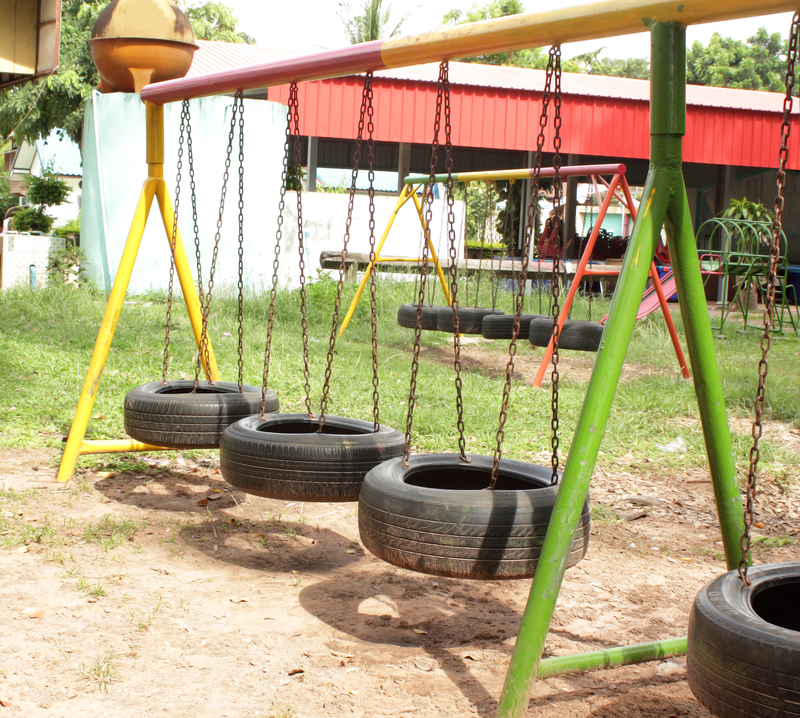Microplastic Pollution: Prevention and Future Solutions
In today's rapidly industrializing world, microplastic pollution has emerged as a pressing environmental concern. As our global reliance on plastic products increases, tiny plastic particles infiltrate every aspect of our ecosystem, harming marine life, contaminating food chains, and compromising human health. In this comprehensive guide, we explore the causes, effects, and--most importantly--the strategies for prevention and innovative future solutions to combat microplastic contamination.

Understanding Microplastics
What Are Microplastics?
Microplastics are defined as plastic fragments less than 5 millimeters in length. These specks result from the breakdown of larger plastic waste or are manufactured intentionally for use in products such as exfoliating beads or industrial abrasives. Microplastic contamination is pervasive, with traces found from the Arctic ice to the deepest ocean trenches. The two main categories of microplastics are:
- Primary microplastics -- Tiny plastics produced for specific industrial or consumer use, such as microbeads in cosmetics.
- Secondary microplastics -- Resulting from the breakdown of larger plastic items like bottles, bags, and fishing gear due to UV radiation, weathering, and physical abrasion.
Sources of Microplastic Pollution
The prevalence of microplastics stems from a wide array of human and industrial activities. Some of the most significant sources include:
- Improper disposal of plastic waste
- Textile fibers released during synthetic clothing washes
- Wear and tear of vehicle tires
- Personal care products containing microbeads
- Fragmentation of fishing gear and marine equipment
- Urban runoffs and inadequately treated wastewater
Environmental and Health Impacts of Microplastic Contamination
Ecological Consequences
The environmental implications of microplastic pollution are severe. Marine biology studies have documented the ingestion of microplastics by a variety of aquatic organisms, including zooplankton, mollusks, fish, and birds. These particles not only obstruct digestive tracts but also leach toxic chemicals absorbed from seawater. The primary ecological impacts include:
- Physical blockages in the digestive systems of animals
- Disruption of food chains and biodiversity loss
- Bioaccumulation of toxic substances in organisms
- Altered reproductive and growth patterns in wildlife
Human Health Hazards
Microplastics have also been detected in drinking water, seafood, salt, and even the air we breathe. Consequently, humans are unwittingly exposed to these tiny pollutants. Potential health threats include:
- Inflammatory responses triggered by plastic particles in organs
- Endocrine disruption due to toxic additives leaching from plastics
- Long-term exposure risks, including potential carcinogenic effects
Prevention: Mitigating Microplastic Pollution at the Source
Reducing Plastic Production and Consumption
The first step to reducing microplastic contamination is to address the root cause: rampant plastic production and mismanagement. Simple yet effective measures include:
- Choosing reusable or biodegradable alternatives
- Implementing extended producer responsibility (EPR) programs for manufacturers
- Encouraging consumers to avoid single-use plastics
- Supporting packaging-free stores and businesses
Improving Waste Management Infrastructure
Efficient and well-managed waste systems are crucial in intercepting plastics before they enter our waterways. Key strategies involve:
- Upgrading recycling facilities to handle all types of plastics
- Promoting community-led waste separation and collection programs
- Ensuring proper landfill management and incineration standards
- Implementing robust infrastructure for hazardous waste disposal
Regulatory Measures and Policy Interventions
Governments worldwide play a pivotal role in limiting microplastic release. Recent regulatory initiatives have included:
- Banning microbeads in personal care and cosmetic products
- Setting standards for microplastic emissions from industrial sources
- Encouraging the reduction of synthetic textile shedding
- Mandating eco-design criteria for tires and filters
Education and Public Involvement
*Education* is a powerful tool for prevention. By increasing public awareness about microplastic sources and consequences, individuals can make informed choices, such as:
- Supporting brands committed to reducing plastic waste
- Participating in clean-up events and local environmental initiatives
- Advocating for better policies at the community and national levels
Emerging Technologies and Innovative Approaches: The Future of Microplastic Solutions
Advanced Filtration and Removal Systems
With the growing awareness of microplastic pollution, scientists and engineers are developing advanced filtration technologies. Some noteworthy solutions include:
- High-efficiency wastewater filters: Upgrading municipal wastewater treatment plants with microplastic-trapping membranes and filters can prevent billions of particles from reaching natural water bodies.
- Retrofit filters for washing machines: Since synthetic clothes release microfibers with every wash, integrating specialized filters helps capture these fibers before they enter sewage systems.
- Stormwater management systems: Advanced sand filters and bioretention ponds capture microplastics from urban runoffs.
Biodegradable Plastics: Promise and Challenges
A promising avenue in reducing future *microplastic* generation is developing and adopting biodegradable plastics. These innovative materials are engineered to break down more quickly and safely in natural environments. However, challenges remain:
- Ensuring complete degradation under real-world conditions
- Preventing contamination of recycling streams
- Assessing environmental impacts of breakdown byproducts
Biological and Chemical Remediation Techniques
Scientists are harnessing the power of nature and chemistry to remediate microplastic contamination:
- Plastic-degrading microbes and enzymes: Discovery of bacteria and fungi capable of digesting plastics, including PET and polystyrene, offers hope for in-situ remediation of polluted soils and waters.
- Advanced chemical recycling technologies: These processes break plastics down to their molecular building blocks for reuse, minimizing new plastic production and associated microplastic waste.
Supporting Circular Economy Models
A *circular economy* focuses on keeping resources in use for as long as possible. By redesigning products and systems, we can dramatically reduce waste and the risk of microplastic leakage. Key principles include:
- Designing products for easy recycling or composting
- Encouraging product reuse, repair, and refurbishment
- Developing take-back and refill programs for plastic packaging

Global Initiatives and Future Outlook
International Agreements and Collaboration
Addressing microplastic pollution requires coordinated action at regional, national, and global levels. Notable international efforts include:
- The United Nations Environment Programme's resolutions on marine litter and microplastics
- Collaborative research and technology transfer between nations
- Standardization of microplastic monitoring and reporting methods
Pioneering Research and Public Engagement
Cutting-edge research is crucial for understanding the full scope and long-term effects of microplastic contamination. Ongoing studies focus on:
- New analytical tools for detecting nanoplastics
- Comprehensive risk assessments for human and ecological health
- Development of eco-friendly plastic alternatives
Conclusion: Building a Microplastic-Free Future
The challenge of microplastic pollution may seem daunting, but through collective action, innovative technology, and far-reaching policy reforms, it is a crisis we can address. Every individual, business, and government agency has a role to play. By prioritizing prevention, supporting technological innovation, and fostering a culture of sustainability, we can pave the way to a cleaner, safer, and microplastic-free world for future generations.
Take Action Today:
- Reduce your own plastic consumption and support environmentally responsible brands.
- Encourage local and national leaders to implement strong policies against plastic waste.
- Stay informed about new developments and participate in community clean-ups and advocacy.
By uniting around the goal of eliminating microplastic contamination, we can protect our environment and health, ensuring a brighter future for all.